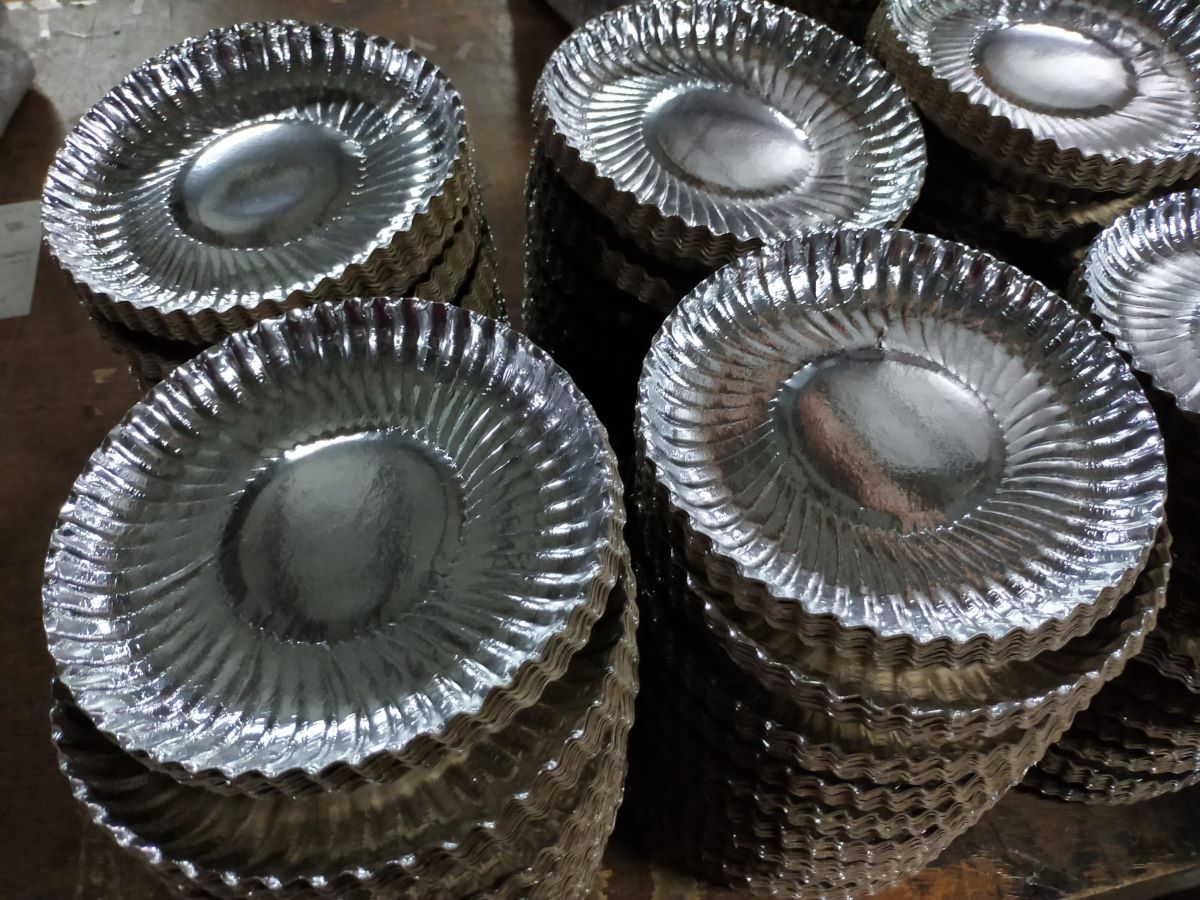

Articles
How To Store Paper Plates
Modified: January 5, 2024
Learn the best ways to store your paper plates and keep them in great condition with these helpful articles.
(Many of the links in this article redirect to a specific reviewed product. Your purchase of these products through affiliate links helps to generate commission for Storables.com, at no extra cost. Learn more)
Introduction
Paper plates are a convenient and cost-effective solution for serving meals at parties, picnics, and other occasions. However, improper storage can lead to damage and reduce the lifespan of these disposable dishes. To ensure that your paper plates remain in excellent condition until they are ready to use, proper storage is essential.
In this article, we will explore the importance of properly storing paper plates and provide you with valuable tips and techniques to keep them fresh and ready for your next gathering.
By following these storage guidelines, you can extend the lifespan of your paper plates, prevent wastage, and save money in the long run.
Key Takeaways:
- Properly storing paper plates is crucial for maintaining their quality, preventing contamination, reducing wastage, and promoting sustainability. Following storage guidelines can extend the lifespan of paper plates and save money in the long run.
- Factors such as temperature, humidity, light exposure, and proper preparation are essential for maintaining the quality of stored paper plates. Regularly replenishing paper plates in storage and practicing rotation ensures a fresh supply without excess waste.
Read more: How To Store Paper Plates And Cups
Importance of Properly Storing Paper Plates
Properly storing paper plates is crucial for maintaining their quality and ensuring they are ready for use when needed. Here are a few reasons why it is important to give attention to the storage of your paper plates:
- Preserves the Structural Integrity: Paper plates are designed to withstand the weight of food and provide a reliable surface for eating. However, if they are not stored properly, they can become bent, folded, or crushed, compromising their structural integrity. Storing them in a secure and organized manner helps to preserve their shape and prevent any damage.
- Prevents Contamination: Paper plates can easily attract dust, dirt, moisture, or even insects if they are not stored in a clean and controlled environment. Proper storage helps to keep them clean and free from any potential contaminants, ensuring the food served on them remains safe and sanitary.
- Reduces Wastage: When paper plates are improperly stored and become damaged, they may need to be discarded, resulting in unnecessary wastage. By storing them correctly, you can avoid this and maximize their usability, reducing the need to constantly replace them.
- Cost-effective Solution: Paper plates are often chosen as a cost-effective alternative to traditional dishware. By storing them properly, you can make the most out of your investment and save money in the long run. Rather than constantly buying new paper plates due to improper storage, you can reuse them as needed.
- Eco-friendly Choice: When we can extend the lifespan of our disposable items, it contributes to a more sustainable lifestyle. Properly storing paper plates helps minimize waste and reduces our environmental footprint.
Proper storage of paper plates not only ensures their durability and cleanliness but also promotes sustainability and cost-effectiveness. Let’s dive into the factors to consider when storing paper plates to ensure their longevity.
Factors to Consider When Storing Paper Plates
When storing paper plates, it’s important to consider various factors that can affect their quality and longevity. Here are the key factors to keep in mind:
- Temperature and Humidity: Paper plates are sensitive to extreme temperatures and high humidity. It’s best to store them in a cool, dry place to prevent moisture absorption and potential warping. Avoid storing them near heat sources such as stoves or radiators, as excessive heat can cause the plates to become brittle and prone to breakage.
- Light Exposure: Exposing paper plates to direct sunlight or bright artificial light can cause them to fade or discolor. To preserve their appearance, store them in a dark or dimly lit area.
- Stacking Weight: Avoid placing heavy objects on top of your paper plates when stacking them for storage. Excessive weight can deform or crush the plates, rendering them unusable. If you need to stack them, use dividers or cardboard layers between the stacks to distribute the weight evenly.
- Clean and Dry: Ensure that your paper plates are clean and completely dry before storing them. Any leftover food residue or moisture can lead to mold, mildew, or an unpleasant smell. If necessary, gently wipe the plates with a dry cloth or paper towel to remove any moisture or debris before storing.
- Packaging: If your paper plates come with original packaging, it’s advisable to keep them inside. The packaging helps protect the plates from dust, dirt, and other contaminants. If the original packaging is damaged or unavailable, consider using airtight plastic containers or resealable plastic bags to keep the plates secure and clean.
- Accessibility: When storing paper plates, make sure they are easily accessible. You don’t want to struggle to find them when you need them the most. Consider labeling the storage container or designating a specific area in your pantry or kitchen cabinet for easy retrieval.
By taking these factors into consideration, you can ensure that your paper plates are stored in optimal conditions, preserving their quality and extending their lifespan. In the next section, we will discuss how to choose the right storage location for your paper plates.
Choosing the Right Storage Location
When it comes to storing paper plates, selecting the right storage location can make a significant difference in maintaining their quality. Here are some key points to consider:
- Dry and Cool Environment: Choose a storage location that is dry and cool, as excessive humidity and heat can negatively impact the quality of the paper plates. Avoid areas prone to moisture, such as basements or areas near water sources.
- Away from Sunlight: Sunlight can cause paper plates to fade or deteriorate over time. Store them in an area that is away from direct sunlight or invest in opaque storage containers to protect them from light exposure.
- Out of Reach of Pests: Paper plates can attract pests such as insects or rodents if not stored properly. Keep them in sealed containers or cabinets to prevent any potential infestation. Consider using pest deterrents, such as sachets of dried lavender or cloves, to keep pests at bay.
- Accessible and Visible: Ensure that the storage location for your paper plates is easily accessible and visible. This will make it convenient to grab them when needed and help you keep track of your inventory, preventing unnecessary purchases.
- Separate from Chemicals: Avoid storing paper plates in close proximity to chemicals, cleaning agents, or strong-smelling substances. These can transfer odors or chemicals onto the plates, affecting both their appearance and suitability for use.
- Avoid Potential Crushing: Select a storage location where the paper plates won’t be at risk of being crushed or damaged by other items. Consider using dedicated storage containers or shelves to keep them protected and separate from heavier objects.
By choosing the right storage location, you can ensure that your paper plates are well-preserved and ready for use whenever required. In the next section, we will discuss the steps for preparing paper plates for storage.
Preparing Paper Plates for Storage
Properly preparing your paper plates for storage is essential to keep them in good condition. Here are some steps to follow:
- Cleanliness: Ensure that your paper plates are thoroughly clean before storing them. Dispose of any leftover food, and gently wipe the plates with a dry cloth or paper towel to remove any residual moisture.
- Drying: Make sure the paper plates are completely dry before storing them. Any moisture can lead to mold or unwanted odors. Allow them to air dry for a sufficient amount of time before moving on to the next step.
- Stacking: Stack the paper plates neatly to save space and prevent them from getting bent or folded. It’s a good idea to place a layer of lightweight cardboard or a plastic divider between each stack to provide stability and prevent crushing.
- Packaging: If your paper plates came with original packaging, it is best to keep them inside. Otherwise, consider using airtight plastic containers or resealable plastic bags to store the plates. This will prevent any dust, insects, or moisture from coming into contact with the plates.
- Labeling: If you have multiple sets of paper plates or different sizes, consider labeling the storage containers or using transparent containers to easily identify the contents. This will help you locate the specific set of plates you need without rummaging through all the containers.
- Storage Space: Find a designated area or shelf in your pantry, kitchen cabinet, or storage room where you can store the paper plates. Ensure that the area is clean, dry, and away from direct heat or sunlight.
By properly preparing your paper plates for storage, you can maintain their cleanliness, preserve their shape, and protect them from any potential damage. Investing a little time and effort in the preparation process will ensure that your paper plates are in excellent condition when you need them next.
In the next section, we will discuss how to effectively organize your paper plates in storage containers for easy accessibility.
Store paper plates in a dry, cool place to prevent them from absorbing moisture and becoming flimsy. Keep them in their original packaging or in a sealed container to protect them from dust and dirt.
Organizing Paper Plates in Storage Containers
Organizing your paper plates in storage containers not only keeps them neatly arranged but also allows for easy accessibility. Here are some tips to help you effectively organize your paper plates:
- Choose the Right Containers: Select storage containers that are the appropriate size for your paper plates. Opt for containers with lids to provide an airtight seal, keeping the plates clean and protected from dust or other potential contaminants.
- Dividers or Cardboard Layers: To prevent the paper plates from sliding or getting damaged, consider using dividers or lightweight cardboard layers between each stack. This will help maintain their shape and prevent them from getting bent or crushed.
- Vertical Storage: Instead of stacking your paper plates horizontally, consider storing them vertically to save space and make it easier to access them. Stand the plates upright in the container, using dividers or cardboard layers to create separate sections for each stack.
- Size and Type Separation: If you have different sizes or types of paper plates, consider organizing them separately within the storage containers. This will make it easier to locate the specific size or type you need without confusion or unnecessary searching.
- Labeling: To quickly identify the contents, label the storage containers or use clear containers to see the plates inside. You can use adhesive labels, markers, or colored tape to indicate the size or type of paper plates stored in each container.
- Regularly Rotate Stock: To ensure that your paper plates remain fresh and usable, practice rotating your stock. Use the older plates first and place the newer ones at the back of the storage containers. This way, you avoid any waste and ensure that none of the plates go unused and expire.
By organizing your paper plates in storage containers, you can maximize space efficiency, protect them from damage, and easily locate the ones you need. A well-organized storage system helps maintain the overall quality of the plates and ensures they are readily available when required.
In the next section, we will provide you with essential tips to maintain the quality of your stored paper plates.
Tips to Maintain the Quality of Stored Paper Plates
Maintaining the quality of your stored paper plates is crucial to ensure they are in pristine condition when you need them. Here are some valuable tips to help you preserve the quality of your paper plates:
- Keep the Storage Area Clean: Regularly clean and dust the storage area where your paper plates are stored. This helps prevent any potential contaminants, such as dust or dirt, from accumulating on the plates.
- Check for Damaged Plates: Periodically inspect your stored paper plates for any signs of damage or deterioration. Remove any damaged plates from storage to prevent them from affecting the remaining plates.
- Avoid Excessive Handling: Minimize unnecessary handling of the stored paper plates to prevent them from becoming bent, creased, or damaged. Be gentle when retrieving and restocking the plates to maintain their structural integrity.
- Monitor Temperature and Humidity: Maintain a consistently cool and dry environment within the storage area. Fluctuations in temperature and humidity can affect the paper plates’ quality, so ensure they are stored in a stable and controlled environment.
- Refrain from Direct Contact with Water: Keep the paper plates away from direct contact with water or any other liquids to prevent them from becoming soggy or disintegrating. Store them in a moisture-free environment to avoid any potential damage.
- Rotate Stock and Use Older Plates First: Practice a “first in, first out” approach by using the older paper plates first before moving on to the newer ones. This helps prevent any wastage and ensures that none of the plates go unused and expire.
- Protect from Insects and Pests: Take precautions to protect your stored paper plates from insects and pests. Keep the storage area clean, use airtight containers, and consider using natural pest deterrents, like dried lavender or cloves, to keep pests away.
- Keep away from Chemicals: Ensure that your paper plates are stored away from any chemicals or strong-smelling substances. These can transfer odors, affect the plates’ appearance, or even make them unsafe for use.
By following these tips, you can maintain the quality, cleanliness, and usability of your stored paper plates. These practices will ensure that your paper plates are always ready for use and are of the highest standard when serving meals or hosting gatherings.
In the final section, we will discuss the importance of regularly replenishing paper plates in storage.
Replenishing Paper Plates in Storage
Regularly replenishing your paper plates in storage is crucial to ensure that you have an ample supply on hand when needed. Here are some important points to consider when replenishing your paper plates:
- Monitor Usage: Keep track of the frequency at which you use paper plates to gauge how quickly you go through them. This will help you determine when it’s time to replenish your stock.
- Estimate Quantity: Estimate the quantity of paper plates you will need for future events or gatherings. Consider the number of guests, the duration of the event, and the type of meals being served to come up with an appropriate estimate.
- Buy in Bulk: Purchasing paper plates in bulk is a cost-effective solution and ensures that you have an adequate supply for future use. Look for deals or discounts when buying in large quantities, especially if you frequently host parties or events.
- Reserve Space: Allocate a designated space in your storage area specifically for newly replenished paper plates. This will make it easier to track inventory levels and ensure that the newly purchased plates are properly stored and accessible.
- Practice Rotation: As you replenish your paper plates, remember to practice the “first in, first out” rotation method. Use the newer plates first while storing the newly replenished ones at the back of the storage area. This way, you minimize waste and use the older plates before they expire.
- Set Replenishment Schedule: Establish a replenishment schedule based on your usage patterns and the shelf life of the paper plates. This will help you stay proactive and ensure that you always have a sufficient supply of fresh paper plates on hand.
- Consider Seasonal Needs: Take into account any upcoming seasonal events or occasions where paper plates may be in high demand. Plan accordingly and ensure that you have an appropriate quantity of paper plates stocked for those specific times.
- Monitor Expiry Dates: Check the expiry dates of your paper plates and remove any expired ones from storage. Expired plates may not perform as expected and can compromise the quality of your meals. Regularly check and discard expired plates to maintain a fresh supply.
By replenishing your paper plates in storage regularly and staying proactive, you can ensure that you never run out of them when you need them the most. This practice will help you maintain a well-stocked inventory and be prepared for any upcoming events or gatherings.
As we conclude, it’s essential to remember the importance of proper storage, organization, and maintenance of paper plates to preserve their quality and maximize their usability. By following the guidelines and tips outlined in this article, you can ensure that your paper plates are always in excellent condition, ready to serve meals and make your gatherings hassle-free.
Conclusion
Properly storing paper plates is essential to maintain their quality, usability, and overall lifespan. By considering factors such as temperature, humidity, and light exposure, you can create an environment that preserves the structural integrity of the plates and protects them from contamination. Choosing the right storage location, such as a cool and dry area, helps keep the plates in excellent condition.
Preparing paper plates for storage involves ensuring they are clean, dry, and stacked properly. Using suitable storage containers, dividers, and labeling makes organizing and accessing the plates easier. Maintaining the quality of stored paper plates requires regular checking for damage, monitoring temperature and humidity levels, and protecting them from pests and chemicals.
Replenishing paper plates in storage involves monitoring usage, estimating quantities needed for future events, and buying in bulk. By practicing rotation and setting a replenishment schedule, you can ensure a fresh supply of paper plates without excess waste.
In conclusion, proper storage, organization, and maintenance are key to prolonging the lifespan and usability of paper plates. By following the tips and guidelines provided in this article, you can ensure that your paper plates remain in excellent condition, ready to serve meals for your gatherings. Remember, proper storage not only preserves the quality of the plates but also reduces waste and ensures a cost-effective solution for your dining needs.
Frequently Asked Questions about How To Store Paper Plates
Was this page helpful?
At Storables.com, we guarantee accurate and reliable information. Our content, validated by Expert Board Contributors, is crafted following stringent Editorial Policies. We're committed to providing you with well-researched, expert-backed insights for all your informational needs.
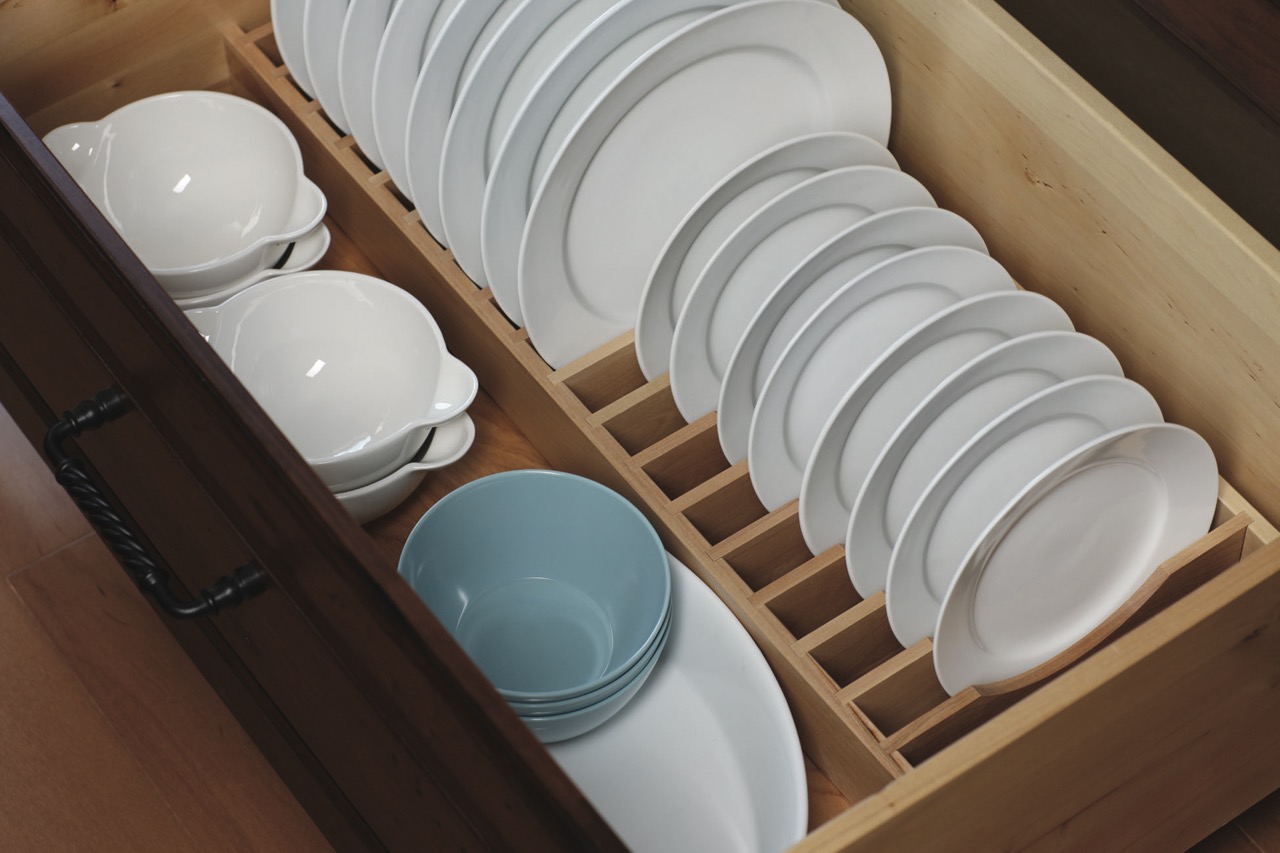
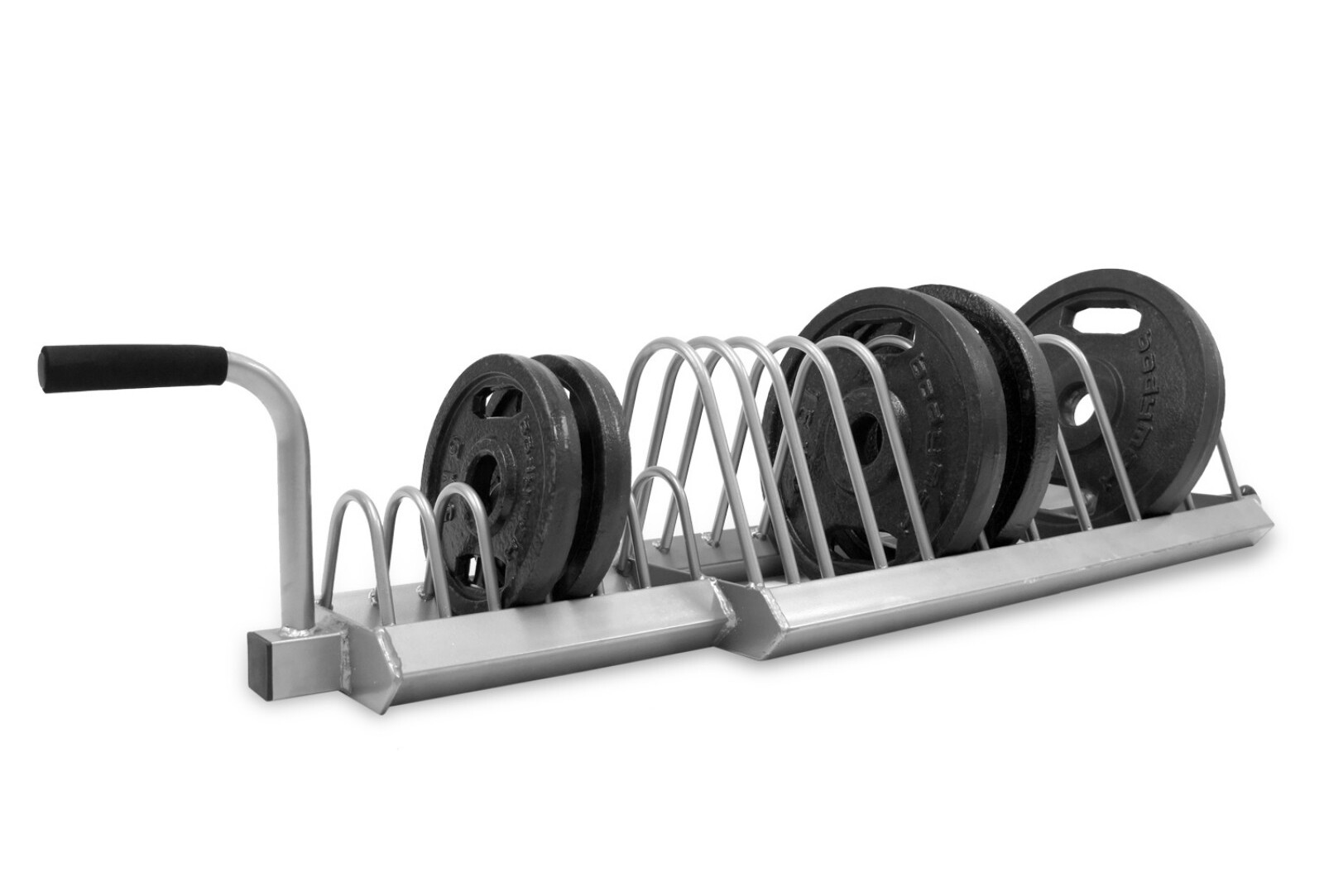
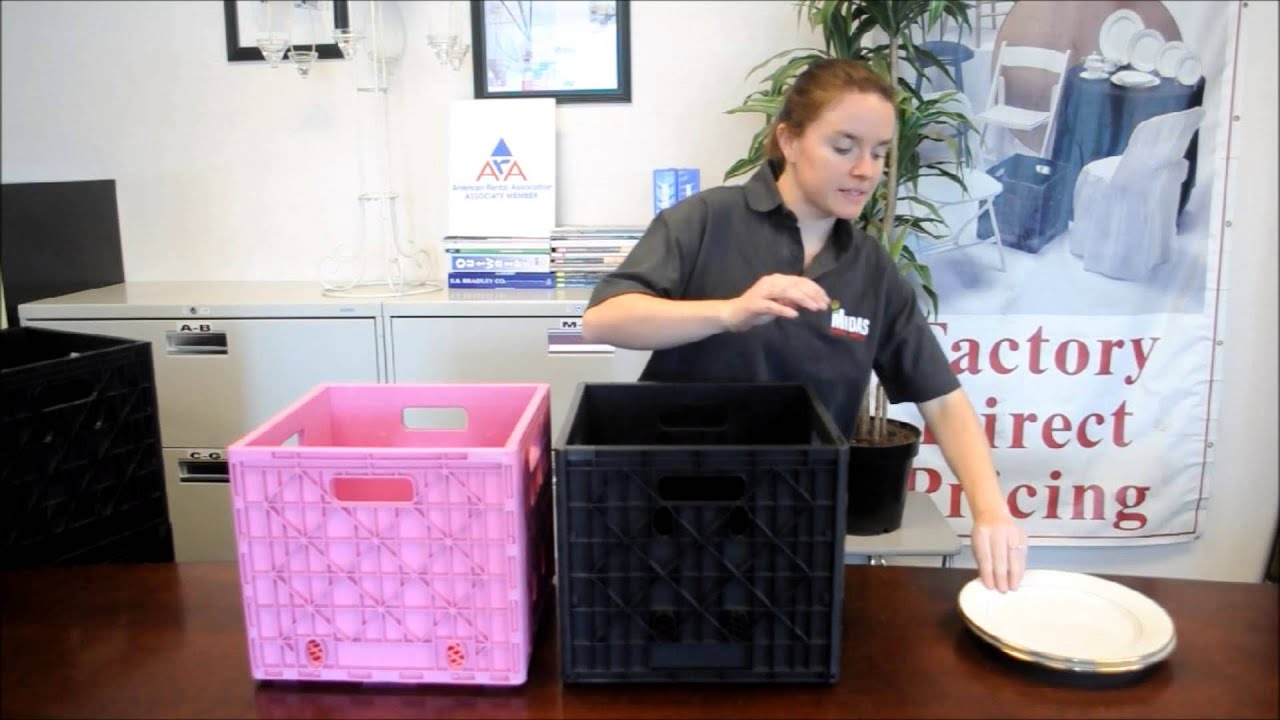
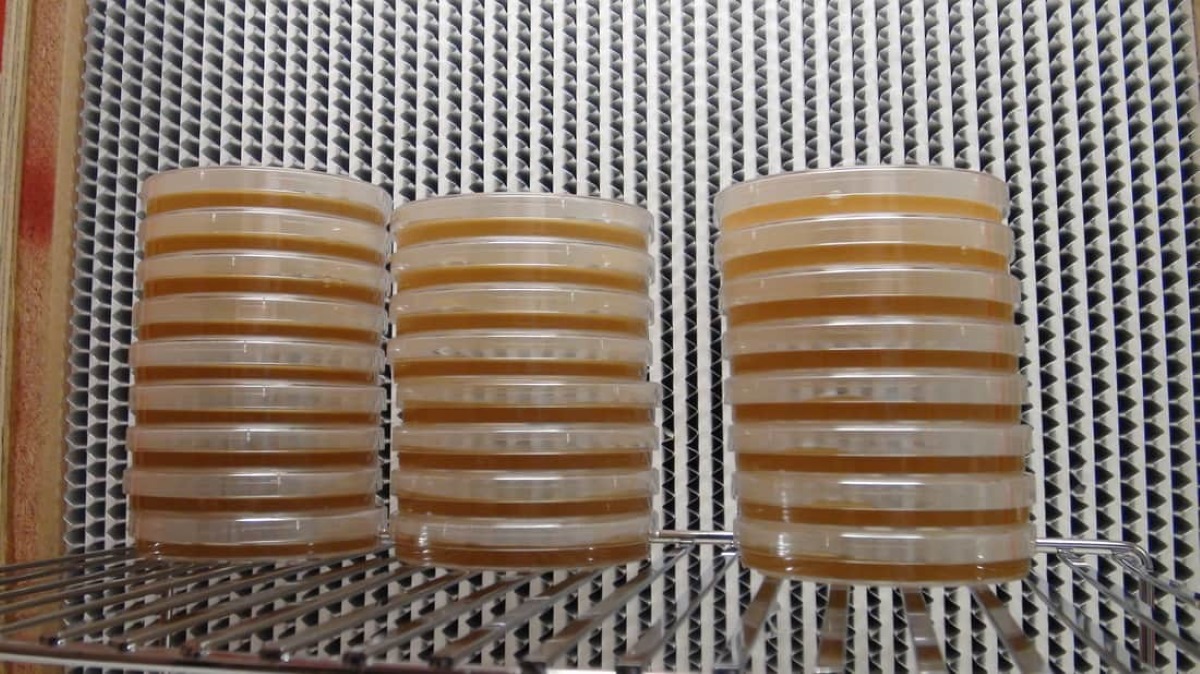
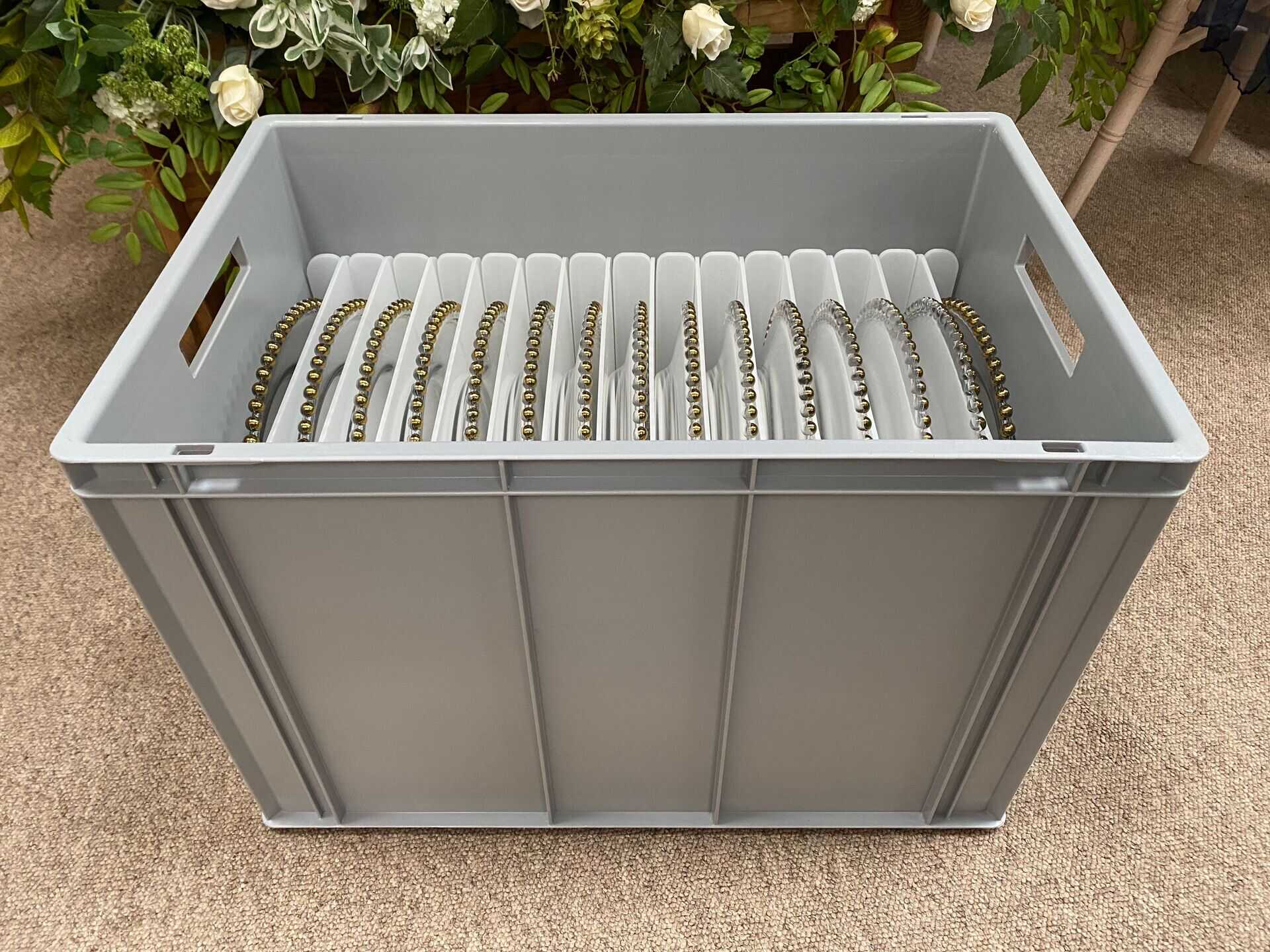
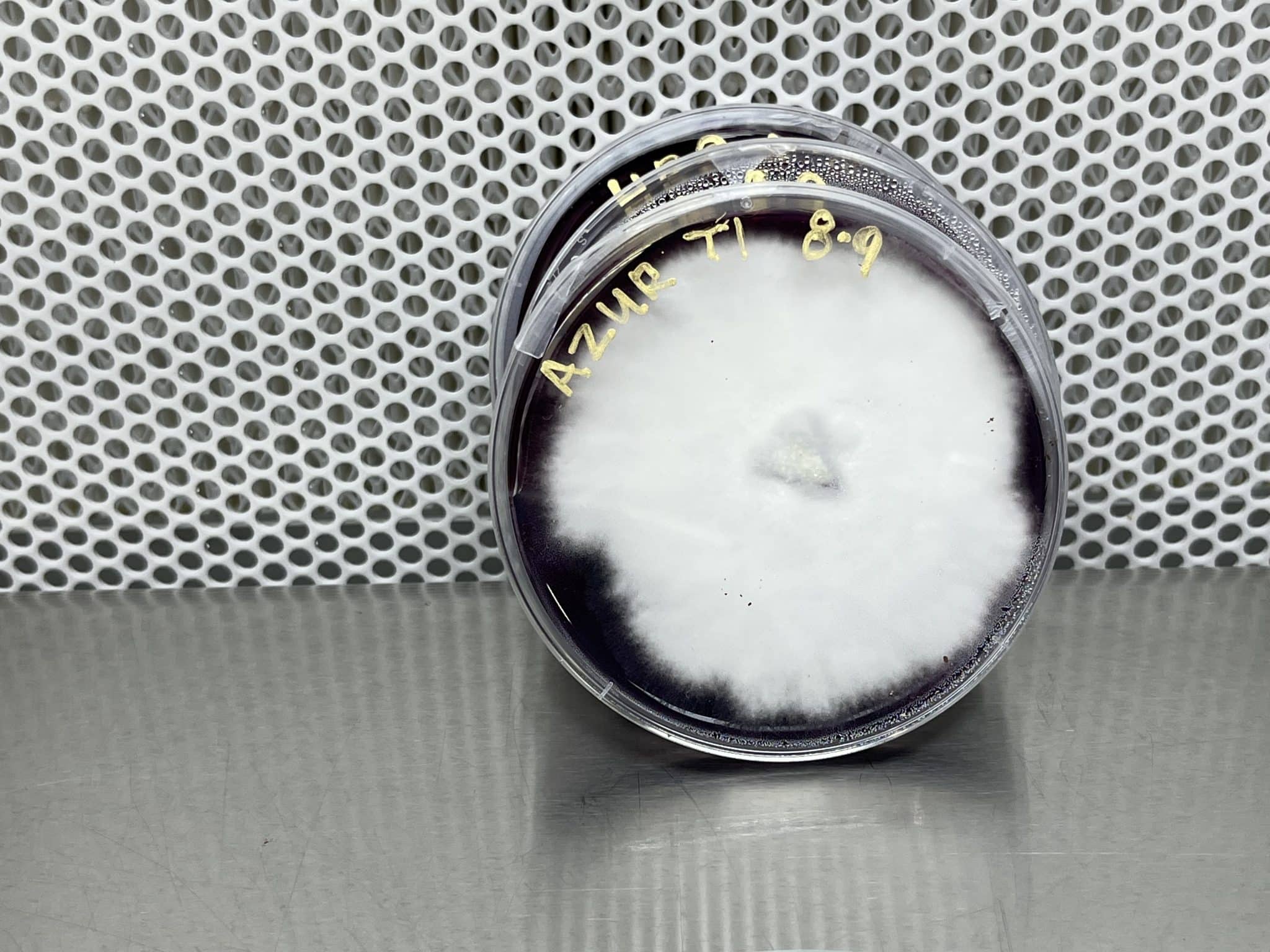

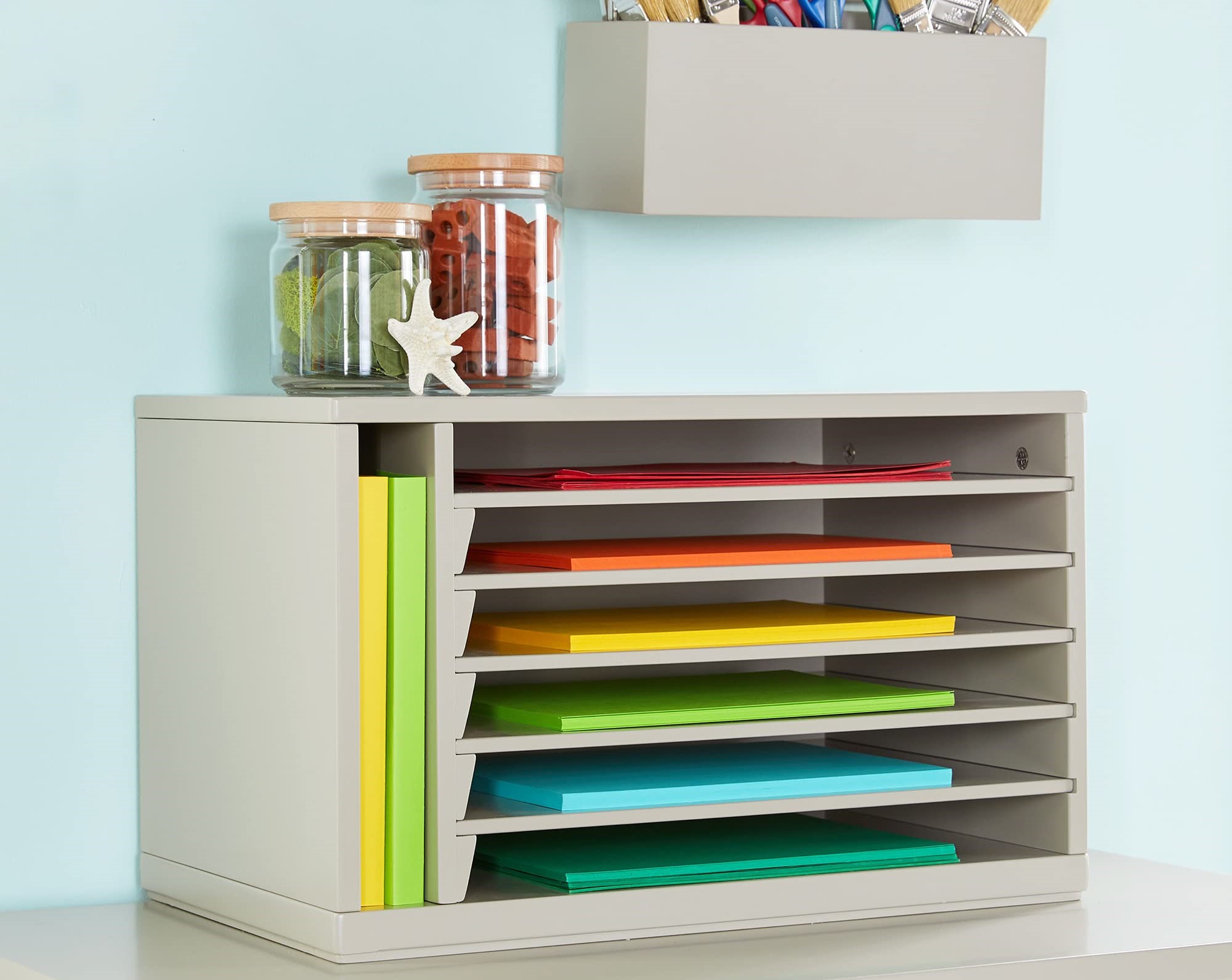
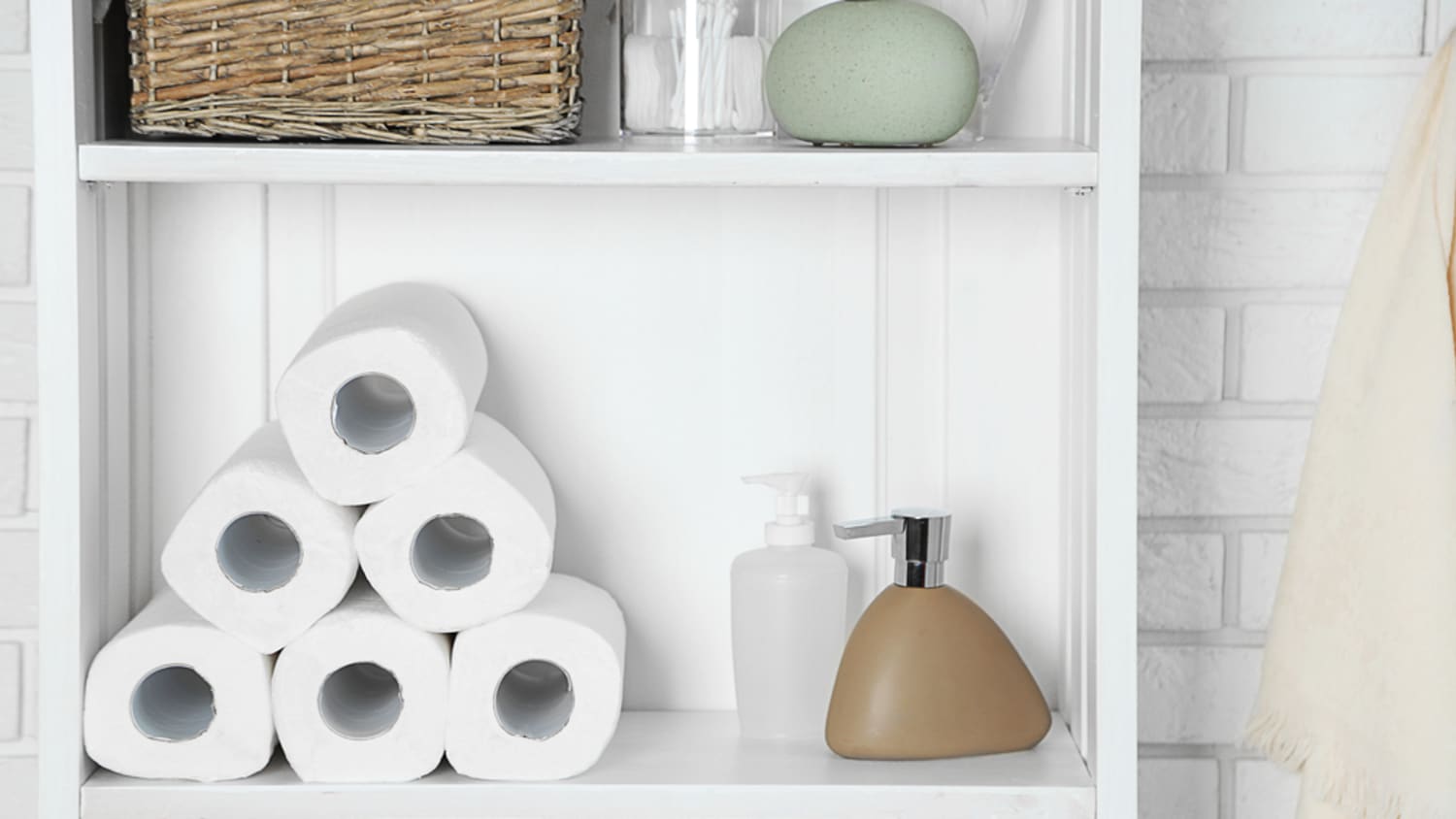
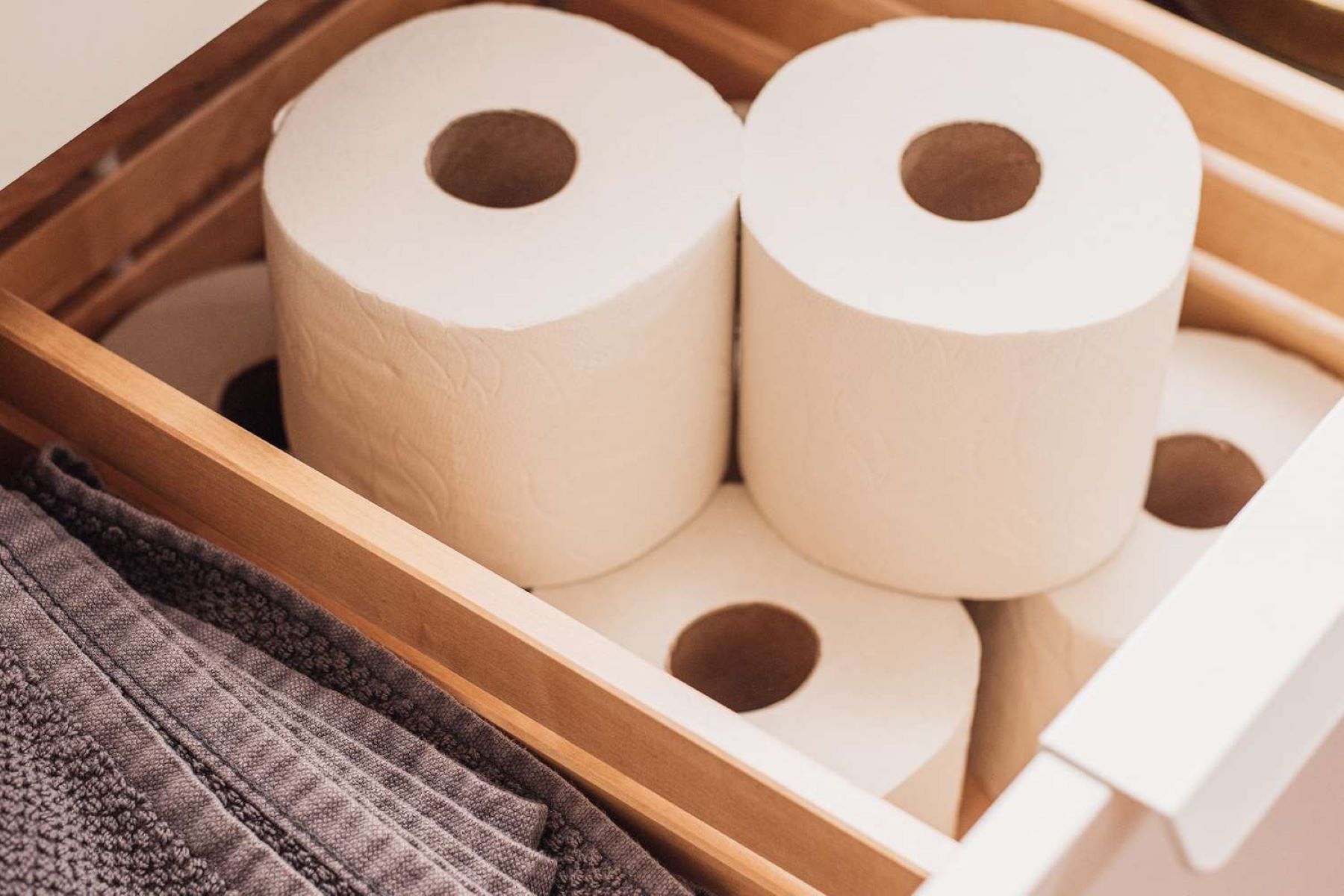
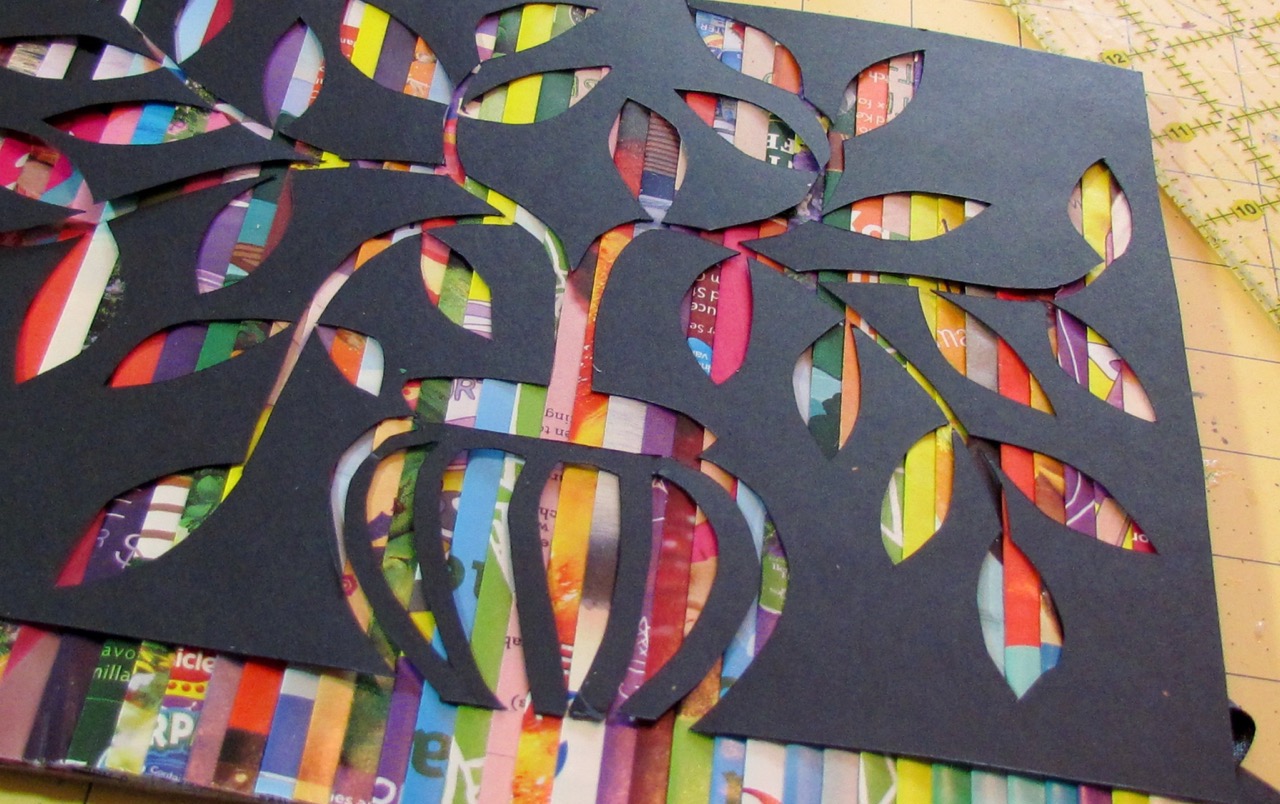
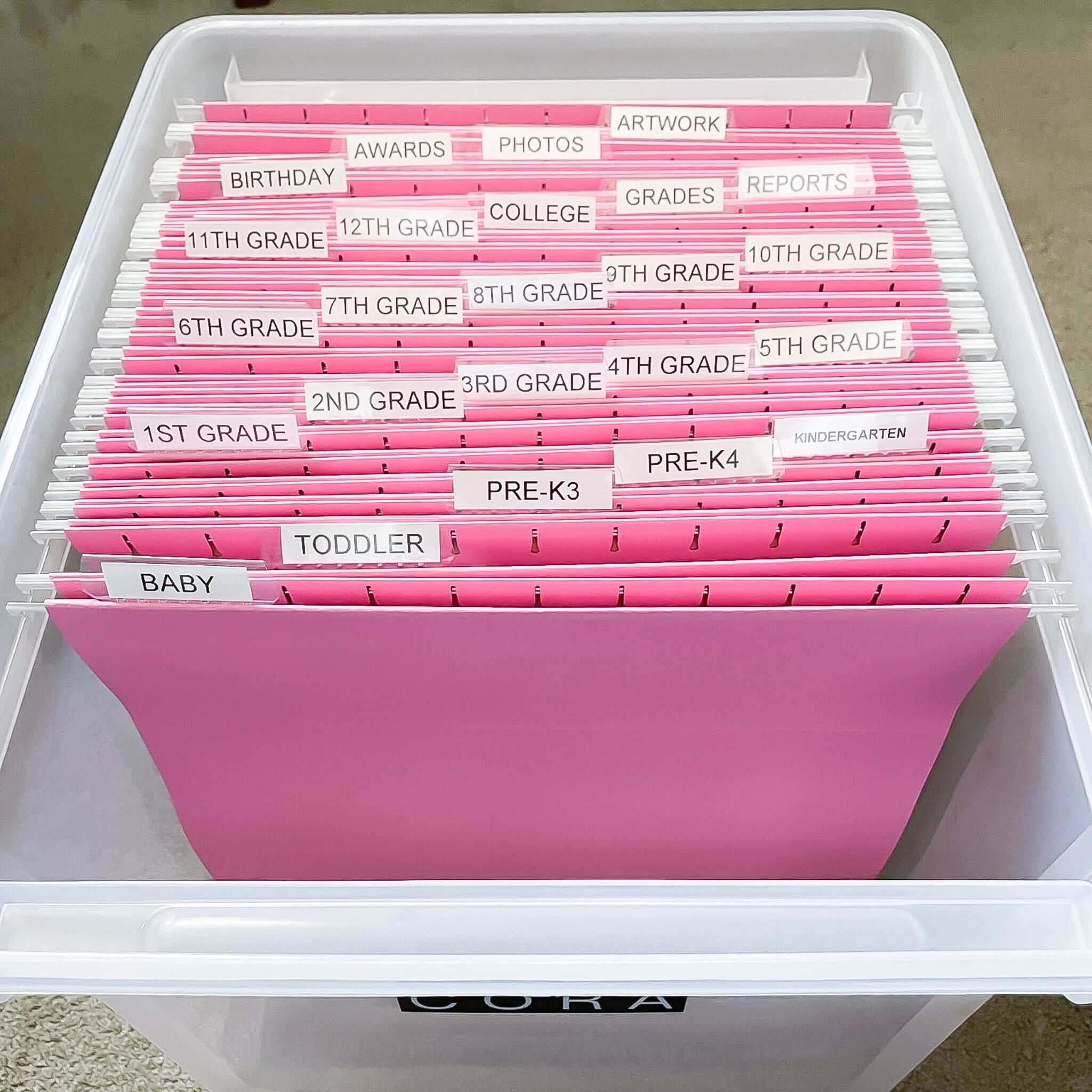
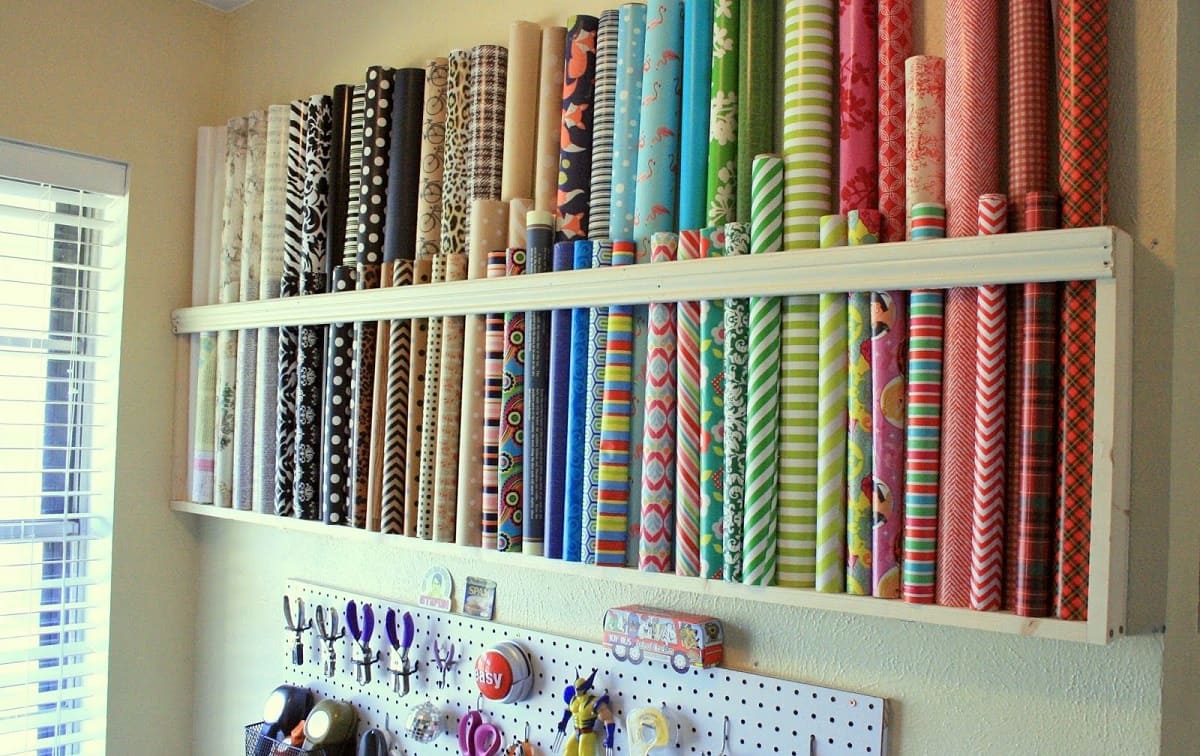
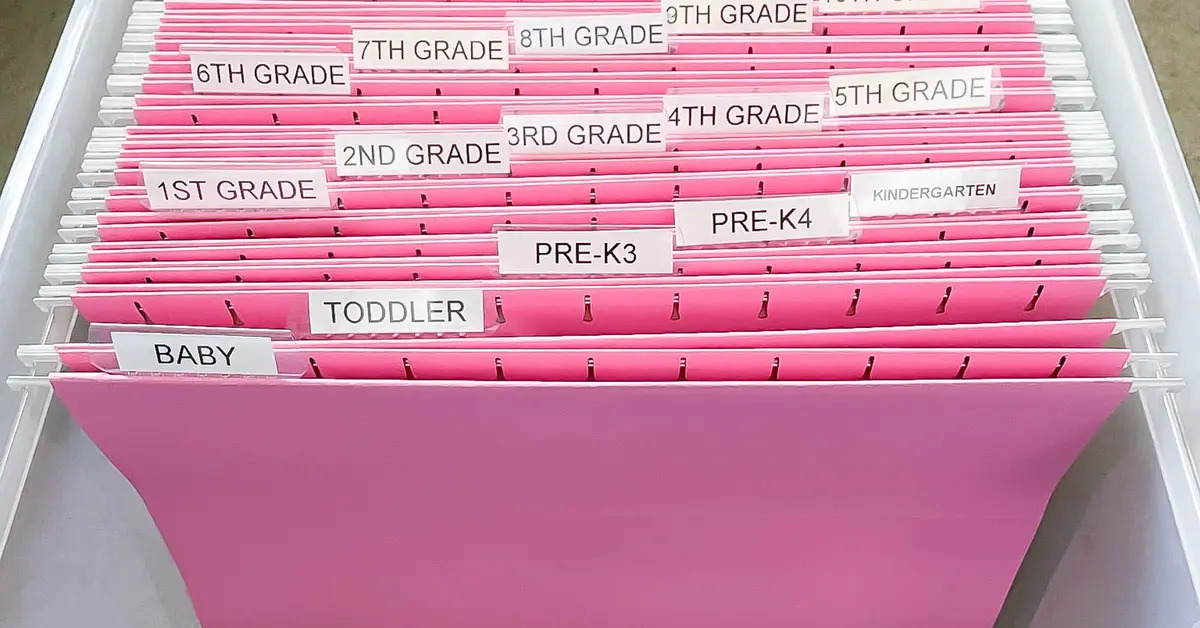

0 thoughts on “How To Store Paper Plates”